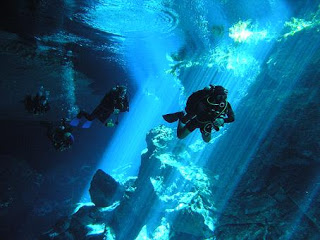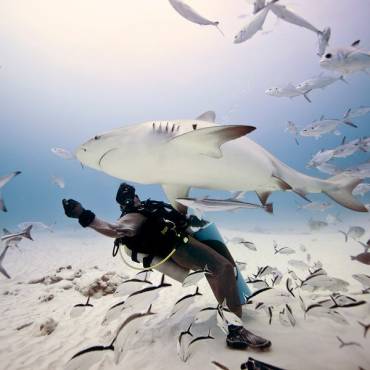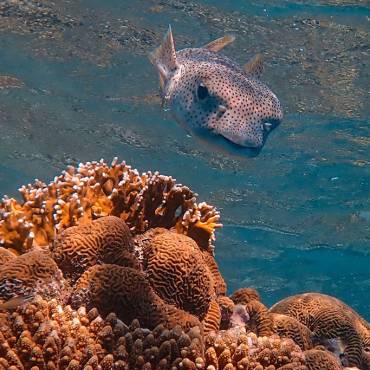(Published in the newspapers Por Esto! Of Yucatán and Quintana Roo, Friday, June 27, 2014)
By Juan José Morales
To all those who, every time they enter the sea, look in all directions, fearing to see the fin of a shark coming quickly, it will undoubtedly interest them to know the 2013 statistics released by the International Shark Attack Registry – or RIAT if they prefer the initials- maintained by the Florida Museum of Natural History.
In total, during the past year 125 cases were documented that can be classified as shark attacks on humans. But of these, only 57 were considered unprovoked, in the sense that they occurred in the natural environment without the affected person having caused the animal in any way. Of the remaining 53 cases, 28 were classified as caused by having occurred after the shark was harpooned, by removing it from a fishing net or by unhooking it from the hook, when someone tried to hold it, while it was being fed by tourists, and in similar situations. . The rest falls into various categories: attacks of animals confined in aquariums or ponds of different types, against boats, corpses of drowning, etc.
Most of the attacks -34 in total, accounting for almost half-occurred in continental waters of the United States, another 13 in Hawaii, which is also part of the United States, 10 in Australia, five in South Africa, three on the island of the Meeting in the Indian Ocean, two in Jamaica and the others in different places, with only one case each time.
That figure of 57 unprovoked attacks is below the 81 that occurred in 2012, and of those registered in the two years prior to the latter. However, in general terms worldwide, the number has been increasing steadily – albeit slowly – for more than a century, from 1900 to the present. But this should not cause alarm. Firstly, because the increase is minimal, and secondly because it is natural that this was the case if we consider that the world population has more than quadrupled in that period, going from 1,650 million in 1900 to 7,200 million in the same period. present.
And not only are there more and more human beings – and therefore more potential victims of a shark attack – but also more and more people who go to the sea, for recreational or work purposes. A hundred years ago, only a small sector of the population could afford, now accessible to many people, to travel to the beach and take baths from the sea. And not to mention the number of people who are now doing diving work and practicing water sports unknown a century ago, such as aqua-planarism, sailboard or autonomous diving.
But, above all, what has been in recent times, is a greater and better statistical record. Thanks to international cooperation between research centers and authorities in different countries, as well as faster and more efficient communications, we can now hear of incidents with sharks that have occurred almost anywhere in the world, even in isolated and remote places, such as small islands of the Indian Ocean or the Pacific.
So, then, you do not have to fear sharks. They are not murderous beasts that roam the vicinity of the beaches in search of unsuspecting bathers, and the chances of ending up in the jaws of any of them are insignificant. It is much more likely to die struck by lightning or a victim of an allergic reaction from insect bites.
Comments: kixpachoch@yahoo.com.mx
The post That the shark does not take away enough sleep appeared first on Phantom Divers.
Reference: https://worldanimalfoundation.org/advocate/shark-attack-statistics/





